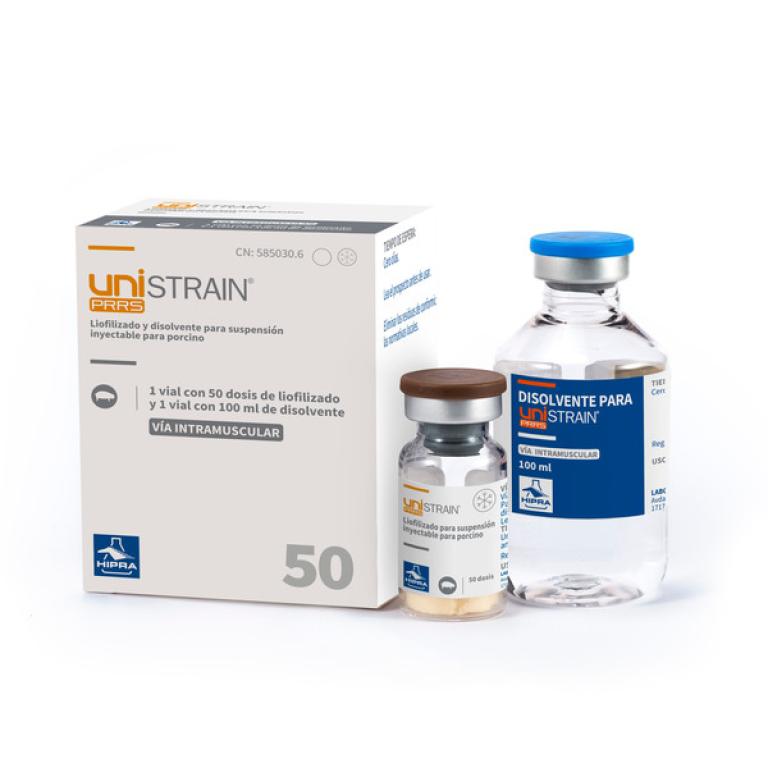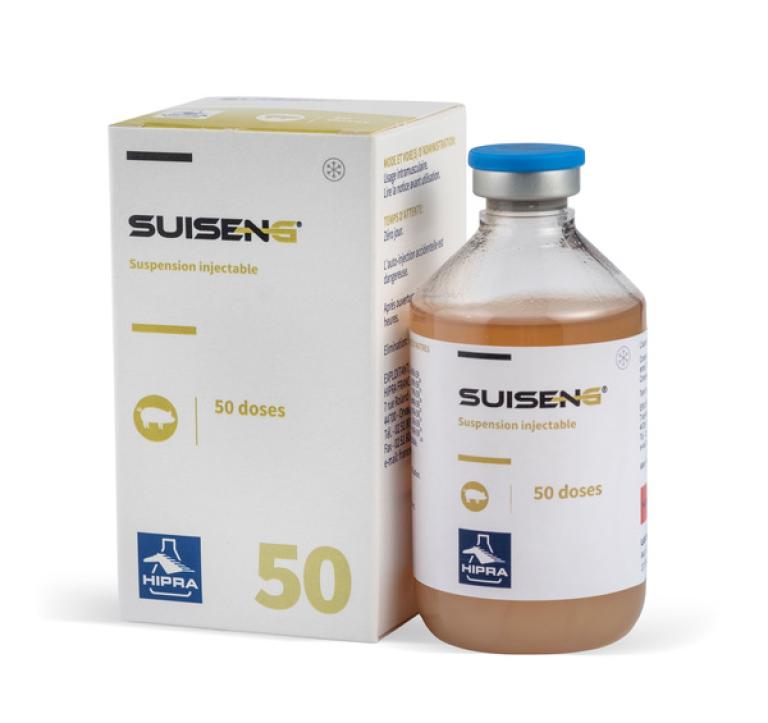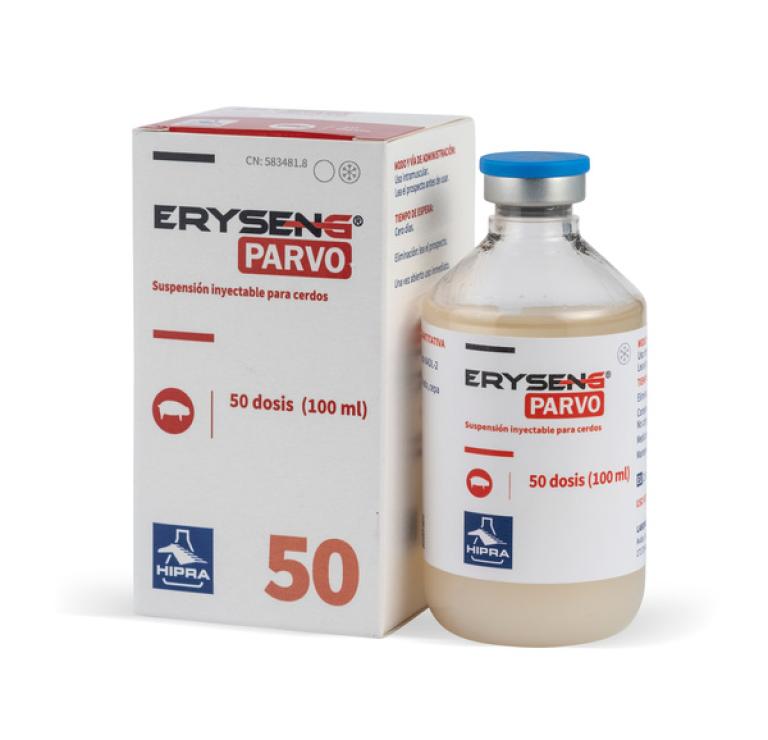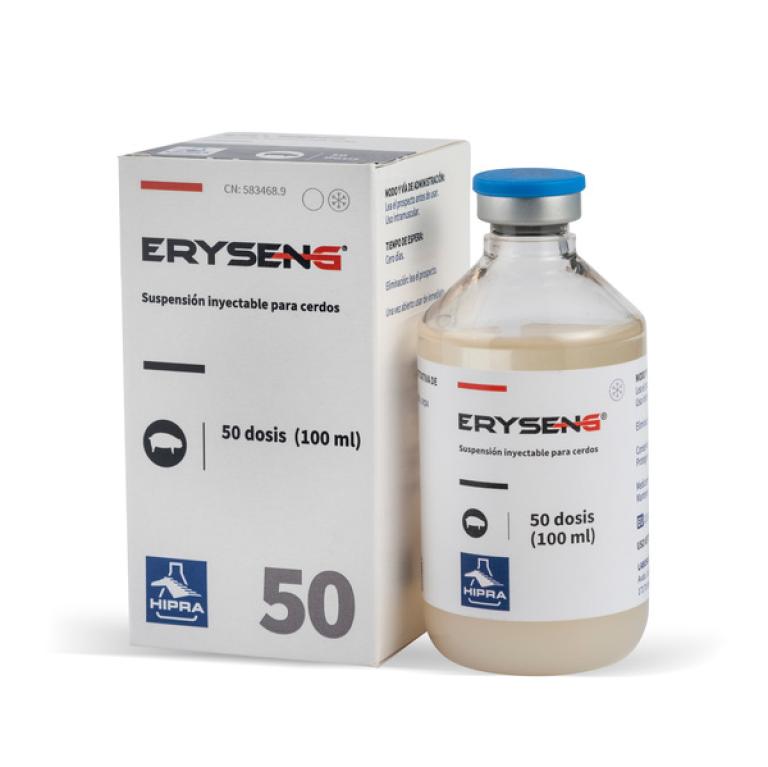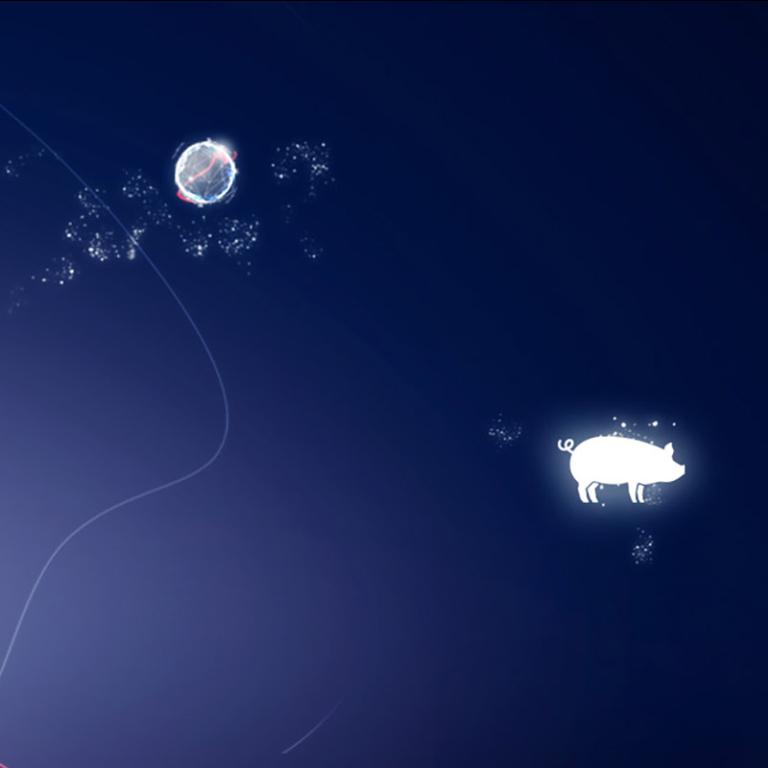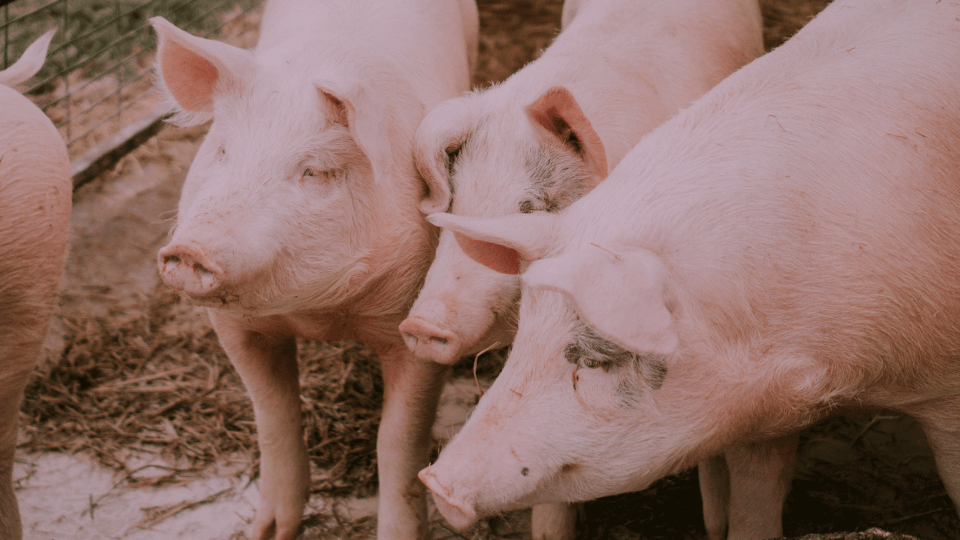Do you want an update about Porcine Parvovirus? You are in the right place. In this podcast, you will receive the main insights into this pathogen in only 15 minuts!
EPISODE #3: Porcine Parvovirus, can we low our guard?

Veterinary virologist, Head of the Laboratory of Virology at the Faculty of Veterinary Medicine, Ghent University. He’s published 420 papers on viral diseases in humans and animals, including shrimp and bees and has trained 74 PhD students.
He has several patents to his name and has founded two spin-offs: Imaqua and PathoSense

Veterinary specialist in swine and MSc by the University of Zaragoza and eMBA studies by the Barcelona School of Management (Pompeu Fabra University).
Currently, Global Franchise Manager of the Sow Franchise in HIPRA.
Porcine Parvovirosis is a disease that we could categorize as “under control”, but all swine vet practitioners from time-to-time face problems caused by PPV, such as the ones reported in the last ESPHM and IPVS congresses, which have occurred in France, Denmark, Netherlands or Spain.
Thinking that this virus is under-control and consequently not having this pathogen at the forefront of our minds when we come up against reproductive disorders, means that we can underdiagnose PPV related problems on the farms.
Understanding the pathogenesis, key points for its control and how to perform the diagnosis will be reviewed with Hans Nauwynck, an expert in virology. It will be a much needed update, because definitely PPV it is still there.
Can you give us the main insights about Porcine Parvovirus’ aetiology and epidemiology:
Our own recent research demonstrated that PPV1 is genetically changing in time. This is much faster than big DNA viruses (109-1010) but slower than RNA viruses (103-105).
Genetic changes may cause antigenic changes, which in turn may have an effect on the recognition by antibodies. However, cross-neutralisation and cross-hemagglutination assays have demonstrated that only minor differences exist between strains. So, we still expect cross-protection with the current vaccines.
What can you tell us about the pathogenic process once PPV crosses the placenta?
Different effects depending on the gestation phase affected. Depending on the phase affected. If it is at first 5-7 days after conception, or between 7 to 35 days, 35 to 70 days or from 70 days to the end of the gestation, the clinical symptoms and the consequences will be different. Not only are mummified foetuses.

